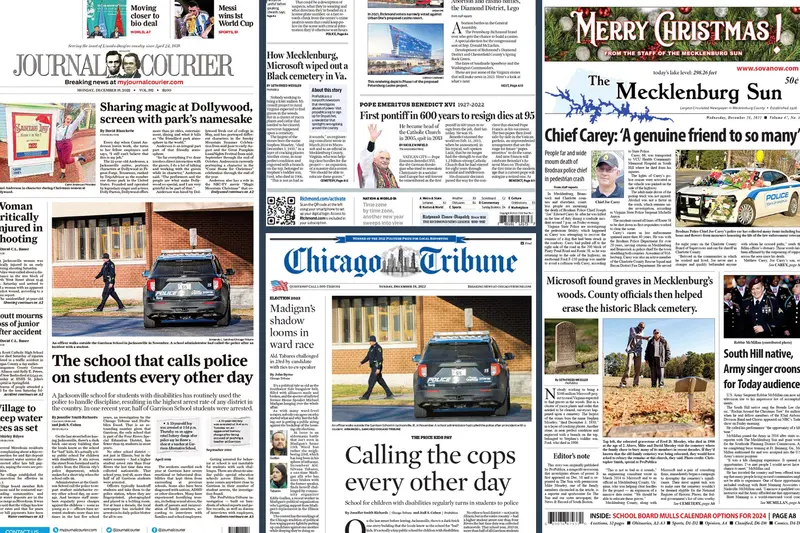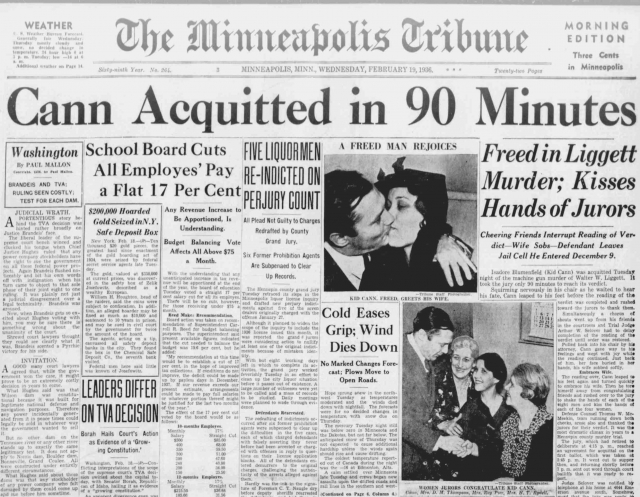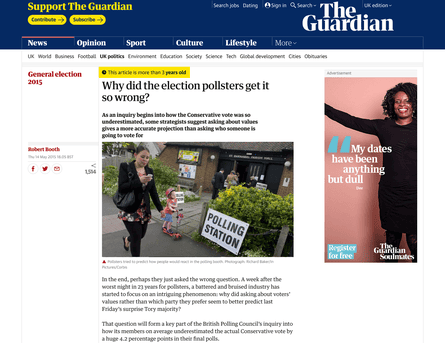The 10-Minute Rule for News Articles
The 10-Minute Rule for News Articles
Blog Article
4 Easy Facts About News Articles Explained
Table of ContentsNot known Incorrect Statements About News Articles The Only Guide for News ArticlesSome Known Incorrect Statements About News Articles 10 Easy Facts About News Articles ExplainedFascination About News Articles
Great expertise of different topics provides students an affordable edge over their peers. Despite the fact that digital and social media sites are conveniently easily accessible, we should not fail to remember how important it is to review the newspapers. Moms and dads must attempt and inculcate the behavior of checking out a newspaper as a daily regimen to continue the tradition of the adored print medium.News stories additionally consist of at the very least one of the adhering to important features family member to the desired target market: closeness, prominence, timeliness, human interest, quirk, or repercussion.
Within these limits, news stories likewise aim to be extensive. Among the larger and more revered papers, fairness and equilibrium is a significant aspect in providing information.
Newspapers with a global target market, for example, tend to make use of a much more formal style of creating. The certain options made by a news electrical outlet's editor or content board are typically gathered in a design guide; common design guides include the and the US News Style Book. The main objectives of information writing can be summarized by the ABCs of journalism: precision, brevity, and clearness.
The Greatest Guide To News Articles
Generally, reporters will certainly not use a long word when a short one will do. They utilize subject-verb-object construction and vibrant, active prose (see Grammar). They use stories, examples and metaphors, and they rarely rely on generalizations or abstract ideas. News writers try to prevent making use of the very same word greater than once in a paragraph (often called an "echo" or "word mirror").
Nevertheless, headlines occasionally leave out the topic (e.g., "Leaps From Boat, Catches in Wheel") or verb (e.g., "Cat woman lucky"). A subhead (additionally subhed, sub-headline, subheading, subtitle, deck or dek) can be either a secondary title under the main headline, or the heading of a subsection of the write-up. It is a heading that comes before the main text, or a team of paragraphs of the primary message.

of a post subject, informant, or interviewee), it is described as a drawn quote or draw quote. Additional signboards of any of these types may appear later in the write-up (especially on subsequent pages) to attract additional analysis. Journalistic internet sites in some cases utilize animation strategies to swap one billboard for another (e.g.
Little Known Questions About News Articles.
Such billboards are also used as reminders to the write-up in various other areas of the publication or site, or as promotions for the item in other publication or websites. Press launch of the Swiss government. Regular framework with title, lead paragraph (summary in bold), various other paragraphs address (information) and contact details.

Example of a hard-lead paragraph NASA is proposing an additional area job. The budget requests approximately $10 billion for the task.
An "off-lead" is the 2nd most crucial front page information of the day. To "bury the lead" is to start the short article with history info or information of additional importance to the visitors, forcing them to review more deeply right into a short article than they need to have to try here in order to uncover the crucial points.
News Articles for Dummies
Usual use is that one or more sentences each develop their very own paragraph. Journalists typically explain the company or framework of an information tale as an inverted pyramid. The necessary and most intriguing elements of a story are put at the start, with sustaining info following in order of decreasing value.
It permits individuals to check out a subject to just the deepness that their inquisitiveness takes them, and without the charge of details or subtleties that they can take into consideration irrelevant, but still making that information readily available to more interested readers. The inverted pyramid structure additionally makes it possible for articles to be trimmed to any approximate size during design, to fit in the space available.
Some writers begin their tales with the "1-2-3 lead", yet there are lots of type of lead offered. This style inevitably starts with a "Five Ws" opening up paragraph (as defined above), adhered to by an indirect quote that offers to support a major component of the initial paragraph, and afterwards a direct quote to support the indirect quote. [] A twist can describe several points: The last story current program; a "delighted" tale to finish the show.
Longer write-ups, such as magazine cover short articles and the items that lead the inside sections of a paper, are recognized Get More Info as. Attribute tales differ from straight information in a number of ways.
News Articles Can Be Fun For Anyone
The journalist usually details communications with interview subjects, making the piece extra personal. An attribute's first paragraphs typically connect an appealing minute or event, as in an "unscientific lead". From the details of an individual or episode, its view rapidly widens to abstract principles concerning the story's subject. The section that indicates what a feature has to do with is called the or signboard.

The Editor's Toolbox: A Referral Guide for Beginners and Professionals (2001) Allan M. Siegal and William G. Connolly. The New York City Times Handbook of Design and Usage: The Authorities Style Overview Used by the Writers and Editors of the Globe's A lot of Authoritative Paper (2002) M. L. Stein, Susan Paterno, and R.
Report this page